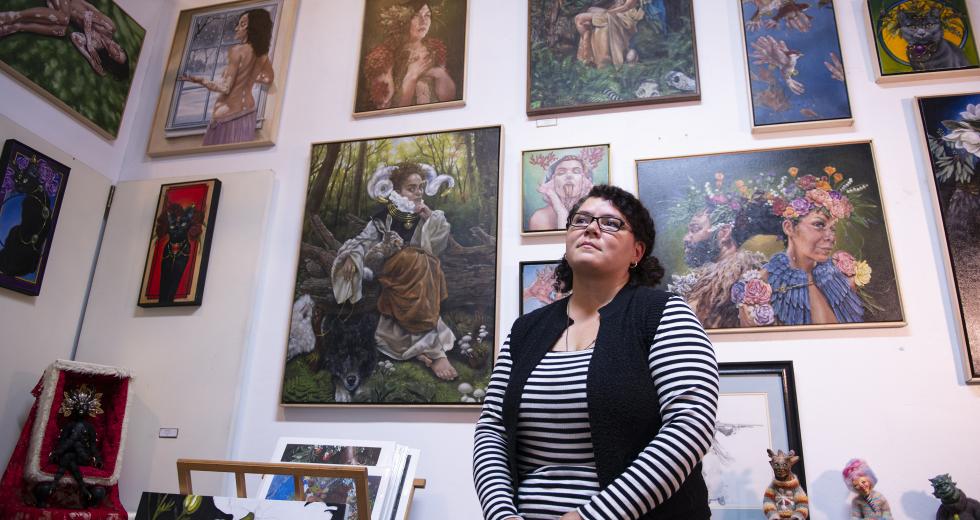Laurelin Gilmore’s daughter modeled for her painting, “Aries
Strong as Marble.” (Photo courtesy of Laurelin Gilmore)
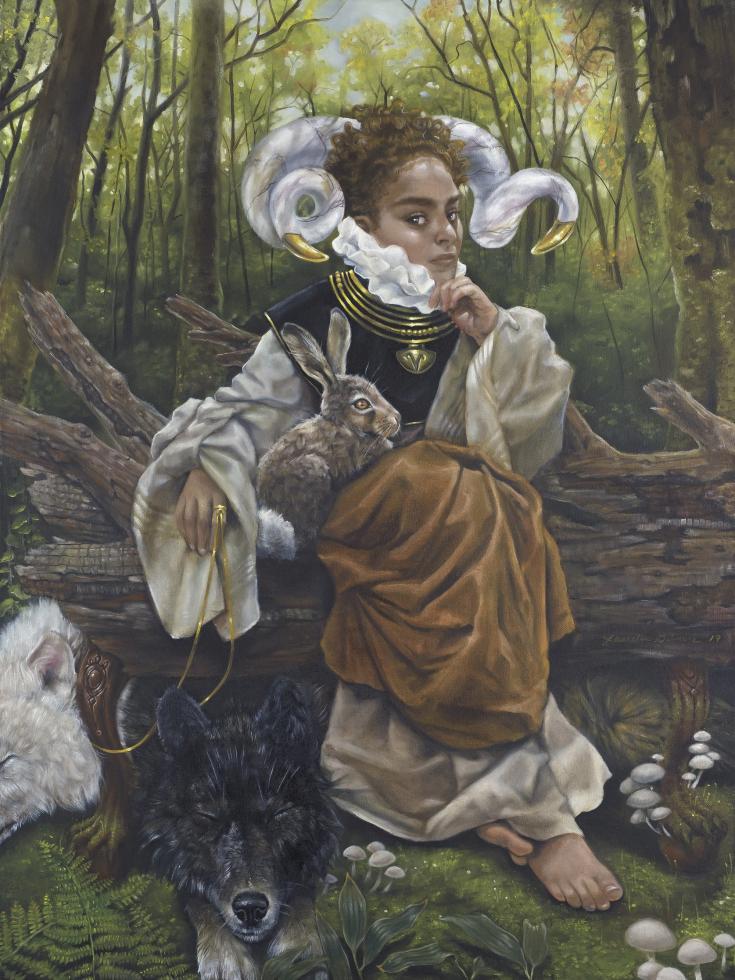
This painting by Laurelin Gilmore, “Aries Strong as Marble,” was part of the artist’s recent show, “The Stories We Tell Ourselves,” a collection of works in which she weaves zodiac and earthy elements to show the connectivity humans have to nature. “My kind of mission statement has always been that human beings are not separate from the natural world. We need the natural world much more than it needs us,” Gilmore says.
The show was at Pence Gallery in Davis from March 5 to May 1 — extended a month due to the closure of nonessential businesses because of the coronavirus pandemic. She had been preparing for the show for months, but “it was open for less than 10 days,” she says. Of the 17 pieces she had in the exhibition, she sold two pieces during the show and two afterward, but because of the closure and concerns caused by COVID-19, she didn’t experience the usual release of anxiety she’s used to after opening a new show. “You are able to sort of relax your shoulders a little bit and … appreciate what you’ve done,” she says. “That didn’t ever really happen (for this show). It was just a continued sense of anxiety. It never felt like we can all relax now, because it went from one thing to the next.”
Gilmore, who has had a studio at Verge Center for the Arts since 2014, was born in San Francisco and lived in Hawaii and Santa Rosa before relocating to Sacramento in 1998. She regularly participates in the Sacramento Open Studios tour, is represented by Artize Gallery in Palm Springs and is working on new pieces for a spring 2021 solo show at Sparrow Gallery in Sacramento. She became a full-time artist in 2010, but before that, she worked a state job for about a decade. “I thought about maybe trying to find a 9-to-5 again, because it’s not easy trying to make a living this way, but at the same time, this is all that I’ve ever really wanted to do,” she says.
Gilmore identifies as mixed race, and says, “Social justice is
tied very closely to environmental justice. A racist system is
designed to oppress in many different ways. It’s having no clean
water to drink. It’s … having to travel across town … to get
groceries if you live in a food desert.” (Photo courtesy of
Laurelin Gilmore)
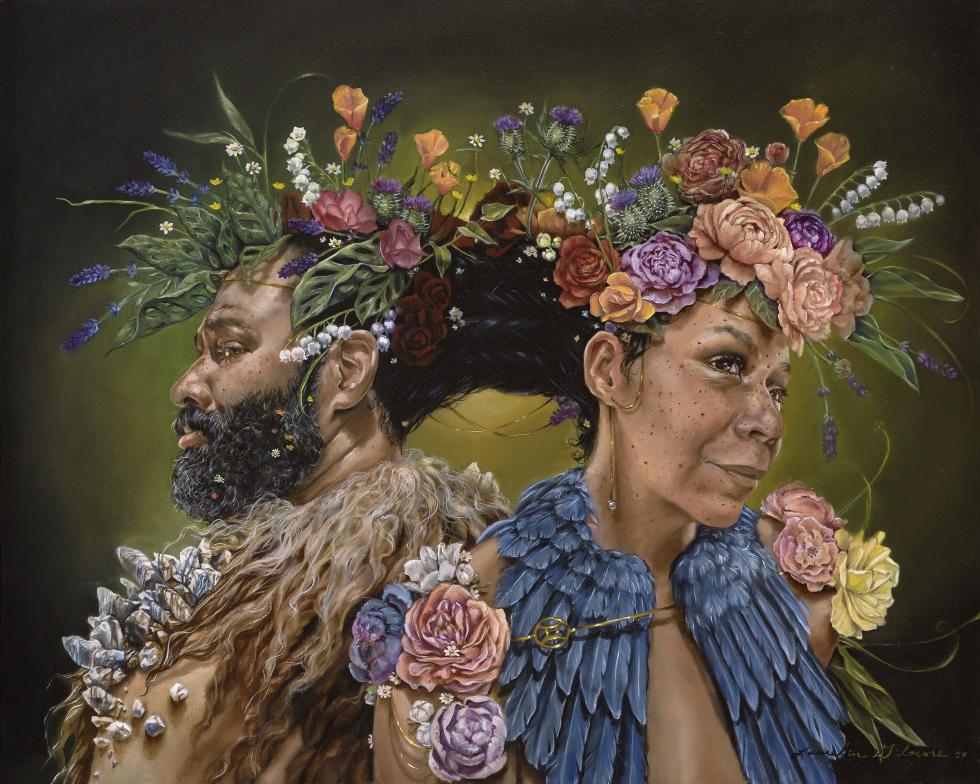
Your work has a mythical feel. You describe it as figurative fantasy, blending flora, fauna and humans. There seems to be an undercurrent of spirituality with nature.
That’s probably accurate. But the way that I define spirituality would have to be … (a) deep kind of soul connection to the natural world. I’m a practicing Buddhist. (That’s) the guideline for my life and the way I interact with people. Where I feel most spiritually connected is in nature. … I want to drive home the point that nature reflects us, we reflect nature.
With her art, Gilmore wants to remind people “how deeply
connected to the Earth they really are, and what power that
connection holds.” (Photo courtesy of Laurelin Gilmore)
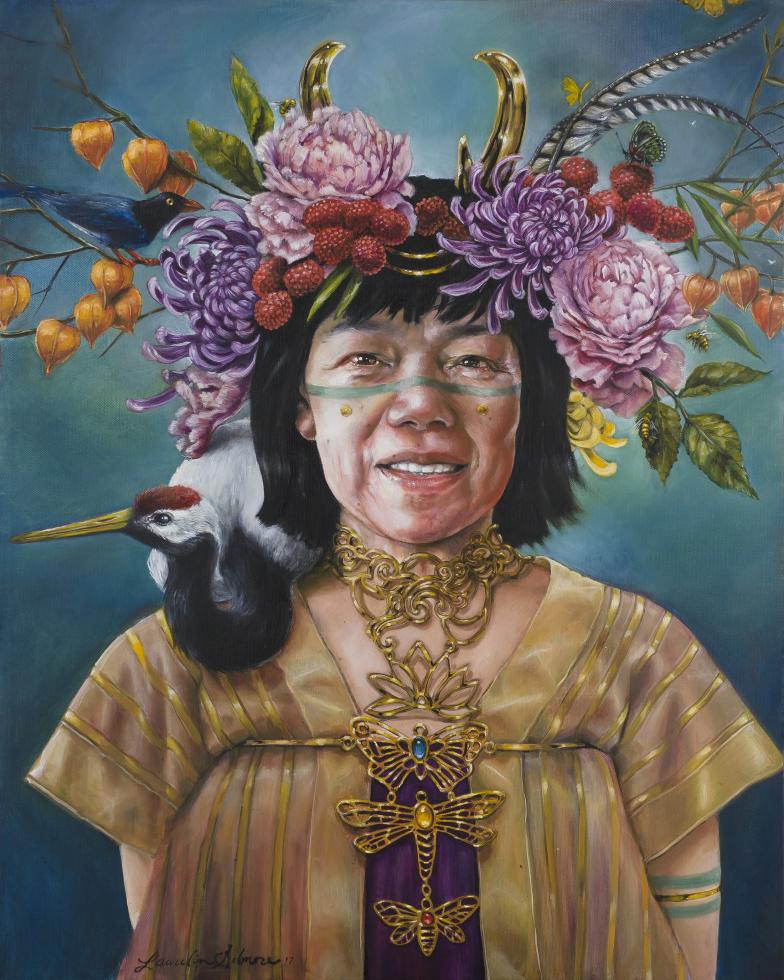
(In) “Stories We Tell Ourselves,” I wanted to play with the idea of defining yourself based on your zodiac, somehow finding connection through what you’re all about through your zodiac. … I think that’s an interesting way to kind of gather (info) about yourself. I don’t know how I feel about it. … It is interesting how they end up being kind of spot-on sometimes.
Who are your customers or art collectors?
The majority are women. …
Hopefully, you see a little bit of yourself in the pieces. Hopefully, you recognize the thing that I’m trying to get across, which is we’re really, really precious as humans because of our capacity for good. … We have a lot of potential, and we can use that for good, and we can connect if we can really dig in and remember how powerful we really are.
How much time do you spend marketing your work and outreach?
I’m not very good at it all. I’m still trying to figure out how to engage people on Instagram. It’s not my favorite thing, but I need to figure it out.
Gilmore’s paintings are a reflection of herself, and she realized
“my art was most like self-portraits. … It doesn’t matter who I
put in them.” (Photo courtesy of Laurelin Gilmore)
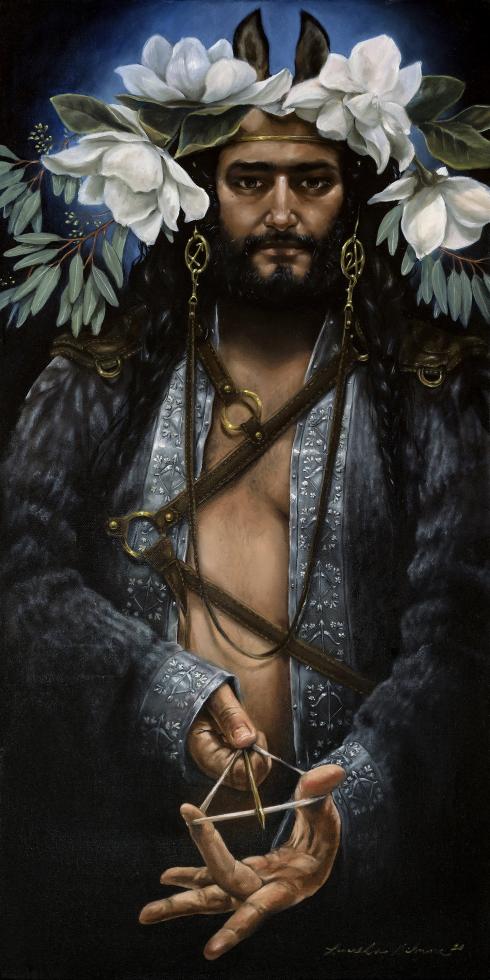
It is nice in the ways of connecting with people, and people being supportive and having nice things to say, and that want to buy things — that’s fantastic. I have prints for sale, so when people buy them, it means everything for people (who) can’t buy original art. … For me, that part makes it worth it, even though it’s kind of tedious to rework a website and … figuring out taxes.
How has being an artist during the COVID-19 crisis and the Black Lives Matter movement affected your art, business and you personally?
Oh, my God, in like a million ways. … With the quarantine, it doesn’t seem like things changed that much — I’m generally spending most of my time alone and being in my own head, not interacting with people that much — but I had to start homeschooling (my seventh-grade daughter). … I used to leave every morning and come to my studio … for hours at a time, so now having to put that off and incorporate the more important aspect of my kid and my family … was a little bit of an adjustment. …
For my art practice, I tried to do things that I could get done at home as much as possible. … What I ended up doing was playing with other materials. My studio is set up for oil painting, … but I also am very interested in sculpture, I’m very interested in expanding my acrylic-painting chops. … I tried to use (the time in isolation) to expand my education in those areas. …
People have really come out of the woodwork as support for artists. I know I talked to other artists who feel like once people realized how hard it was going to be for independent makers and artists to make a living, … people really stepped up. …
Also, the happenings with the Black Lives Matter movement, (the) new wave of civil rights protests, it’s complicated for me as an artist. Most of my art is … a personal reflection of myself. … A lot of those are reflections of the way I am just as a human. A long time ago, I realized that my art was most like self-portraits in that way. It doesn’t matter who I put in them. …
Gilmore feels most spiritually connected when in nature and
reflects that in her paintings. (Photo courtesy of Laurelin
Gilmore)

We feel like we can build or invent our way out of the problems that we’ve caused, environmentally, socially — we can just create an app and use that sort of thing. In reality, there’s nothing like the organic, there’s nothing like really tying yourself back into what is natural, what is visceral. …
For people of color, for a person like me — I’m mixed race, blended ethnicity, whatever you want to call it — it’s just a lot to process. … This movement is on the path of good. And I think it’s about time.
The zodiac and symbolism were important components for Gilmore’s
work in her Pence Gallery show, “The Stories We Tell Ourselves.”
(Photo courtesy of Laurelin Gilmore)

I was in a show called the “Every Woman Biennial” … last year in Los Angeles. … The people who put that on contacted me after the fact and told me my art would work really well for a thing that they were contracting for. … I had no experience working with TV shows, so it was definitely a learning experience to have a really, really tight timeline and some really specific instruction on what they were looking for. … I would absolutely do that again.
How many paintings did you create for them?
I made two paintings for them that they purchased, and those were the two that were part of the storyline, and they rented two others from me for background, because in the scene, they’re at a gallery. So the artist has the piece that he’s presenting — the main piece in the show — and there’s one next to it, … and the others are background.
After working a state job for about 10 years, Gilmore became a
full-time artist. “This is all that I’ve ever really wanted to
do,” she says. (Photo courtesy of Laurelin Gilmore)

With a Second Saturday or First Friday, … the art is almost an afterthought. Like, you’re going to come out and get dinner … and see some art. I think it would be nice to have the art feel like the main event. … Sacramento is doing really, really big things with Wide Open Walls, and even right now with the Boards for Change (community project to paint over boarded-up businesses) happening, there’s some amazing energy on the ground to get things going. It would be nice if that were met maybe by the city or something to amp up that local energy. Because it feels like artists, we have to do for ourselves, having big events and (getting) things off the ground. And the whole thing with Art Hotel (a 2016 exhibit in the now-razed Jade Apartments building organized by the nonprofit M5Arts), that was just artists coming together who wanted to do something cool. And maybe that’s OK — maybe that’s how it stays organic, that’s how it stays kind of punk rock. But when those things come up, having them be supported with grants (is) a pathway to success.
—
Stay up to date on art and culture in the Capital Region: Follow Comstock’s on Instagram!
Recommended For You
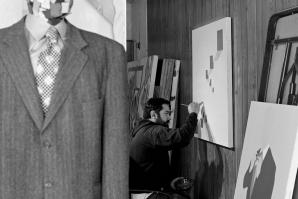
Art Exposed: Manuel Fernando Rios
A West Sacramento Chicano artist confronts ethnic identity in his work
Mentored by Ricardo Favela of the Royal Chicano Air Force artist collective, Manuel Fernando Rios describes his artwork as “neo-Expressionist, neo-Chicano, mixed in with pop culture.” His solo show scheduled for May has been postponed because of the coronavirus pandemic, but he is continuing to make new work.
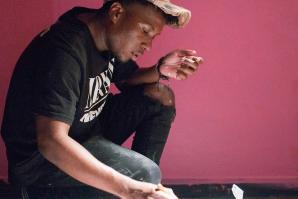
Art Exposed: Brandon Gastinell
From street art to corporate commissions, a Sacramento digital-mixed-media artist is finding success with his artistic clickbait
Because of some bold moves on his part and the exposure and connectivity that social media provides, Brandon Gastinell has transitioned from doing street art to work for major film studios and musicians.
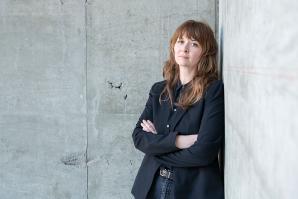
Art Exposed: Serena Cole
After 15 years in the Bay Area, Serena Cole returns to Grass Valley to make art and find community
Cole uses mixed media — watercolor, gouache, colored pencils and vinyl paint — to create vulnerable, delicate and harsh portraits that reflect the way women are viewed in art and society and how the artist digests it all.
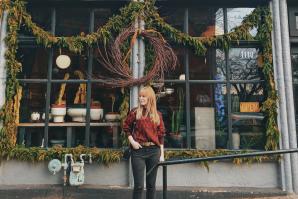
Art Exposed: Lindsay Swearingen
Tusk and Cardinal embroidery artist and illustrator discusses art versus craft in fiber arts
Lindsay Swearingen was introduced to needle and thread at 8 years old, when her mother taught her how to cross-stitch. She was young and didn’t stick with it, but “about eight years ago, I picked it back up around when there was a resurgence of embroidery and fiber art,” she says.



